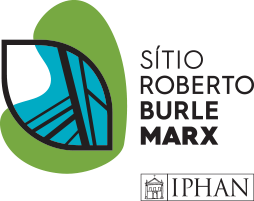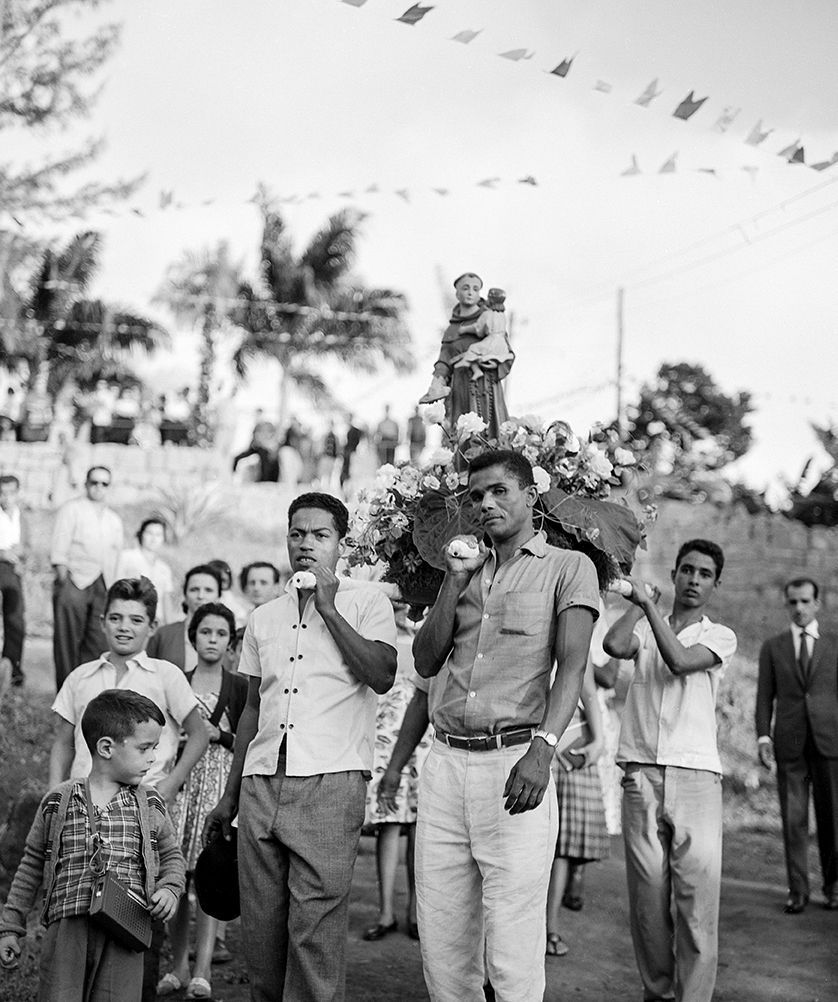History
The current place known as Sítio Roberto Burle Marx was originally known as the Fazenda or Engenho da Bica, as water sources from the upper part of the land were channeled and served the local population via a spout (bica) next to the road. From 1681 onwards, with the construction of a chapel dedicated to Saint Anthony, it came to be known as Engenho Santo Antônio da Bica and, later, Sítio Santo Antônio da Bica.
In 1949, Roberto and his brother Guilherme Siegfried Burle Marx purchased the first portion of land, which today forms part of the Sítio Roberto Burle Marx, after a long search for spaces which featured a good diversity of adequate soils, outcropped rocks, abundant water and whose surroundings were safe from property speculation. The area draws attention due to its native vegetation, formed mostly of mangroves, restinga and Atlantic Forest, preserved by the Pedra Branca State Park.
In 1952 and 1960, the brothers purchased and annexed successive neighbouring portions of land, while carrying out the needed works to transform it into the laboratory intended by Roberto, with the installation of infrastructure, buildings, plant nurseries and garden areas.
In 1985, Burle Marx donated the Sítio to the federal government, with the purpose of securing the continuity of studies, dissemination of the knowledge acquired and the sharing of this singular space with society.
With the death of Robert Burle Marx in 1994, the Sítio became managed by the National Institute of Historical and Artistic Heritage (Iphan). The property was listed by cultural heritage bodies of the state of Rio de Janeiro (1988) and the Union (2000) and, currently it is a candidate for World Heritage by the United Nations Educational, Scientific and Cultural Organization (UNESCO).







